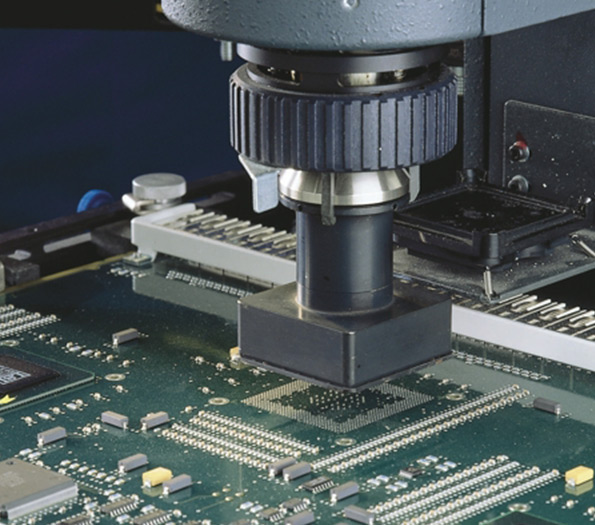

The Emergence of Patterned Glass Manufacturers Transforming Spaces with Innovation
In the realm of architectural and interior design, patterned glass has emerged as a significant material that combines functionality with aesthetics. From residential homes to commercial buildings, patterned glass serves various purposes, including privacy, light diffusion, and creative design elements. This article delves into the world of patterned glass manufacturers, exploring their innovative solutions, production techniques, and the impact of their products on modern design.
Understanding Patterned Glass
Patterned glass, also known as decorative glass, is produced by creating textures or designs on its surface. The patterns can range from simple lines and shapes to intricate designs, enhancing the visual appeal of glass. This unique material can be used in windows, doors, partitions, and even furniture, allowing for a variety of applications that enrich spaces.
One of the primary advantages of patterned glass is its ability to provide privacy without sacrificing natural light. This makes it an ideal choice for bathrooms, office partitions, and areas where visibility is a concern. Moreover, the play of light on the textured surface creates dynamic visual effects that can transform a mundane space into an artistic environment.
Innovation in Manufacturing
The production of patterned glass involves several techniques, each offering unique characteristics and designs. Manufacturers utilize methods like acid etching, sandblasting, and roller printing to create texture and patterns on the glass surface.
1. Acid Etching This process involves applying a chemical solution to the glass to create a frosted appearance. Skilled artisans can manipulate the etching to produce intricate designs, making it a popular choice for custom projects.
2. Sandblasting This technique uses high-pressure sand to create patterns on the glass. It's particularly effective for larger panels and can create both subtle and dramatic effects depending on the pressure and duration of the blast.
3. Roller Printing In this modern method, patterns are transferred onto the glass during the manufacturing process using engraved rollers. This allows for high-speed production of patterned glass with consistent quality.
These technologies have evolved significantly, enabling manufacturers to create more complex and customized designs
. Many patterned glass manufacturers now offer bespoke services, allowing designers and architects to collaborate closely in realizing their creative visions.
The Role of Sustainability
As awareness of environmental issues grows, patterned glass manufacturers are increasingly adopting sustainable practices in their production processes. This includes sourcing materials responsibly, minimizing waste, and utilizing energy-efficient technologies.
For example, many manufacturers are exploring the use of recycled glass as a raw material, reducing the environmental impact associated with glass production. Some companies are also investing in renewable energy sources to power their operations, contributing to a more sustainable future for the construction industry.
Impact on Design Trends
The rise of patterned glass is significantly influencing contemporary design trends. Architects and designers are increasingly incorporating this material into their projects to achieve unique aesthetic effects. The versatility of patterned glass allows it to complement various architectural styles, from modern minimalism to classic elegance.
In residential homes, patterned glass is being used in kitchen backsplashes, shower enclosures, and decorative room dividers. Its ability to diffuse light while providing privacy makes it a favored choice in urban living environments where space is often limited.
In commercial settings, patterned glass enhances branding opportunities and creates inviting atmospheres. Retail stores utilize decorative glass in storefronts and interior displays, drawing customers in while maintaining a sense of privacy for merchandise.
Conclusion
As patterned glass manufacturers continue to innovate and respond to changing design trends, their impact on architecture and interior design will likely grow. By offering unique solutions that marry beauty with practicality, they are reshaping how we think about and utilize glass in our spaces.
Overall, the future of patterned glass is bright, with expanding opportunities for creative expression, sustainability, and functionality. For anyone looking to elevate their design projects, engaging with patterned glass manufacturers can provide the perfect blend of artistry and innovation, transforming any environment into a stunning visual experience.